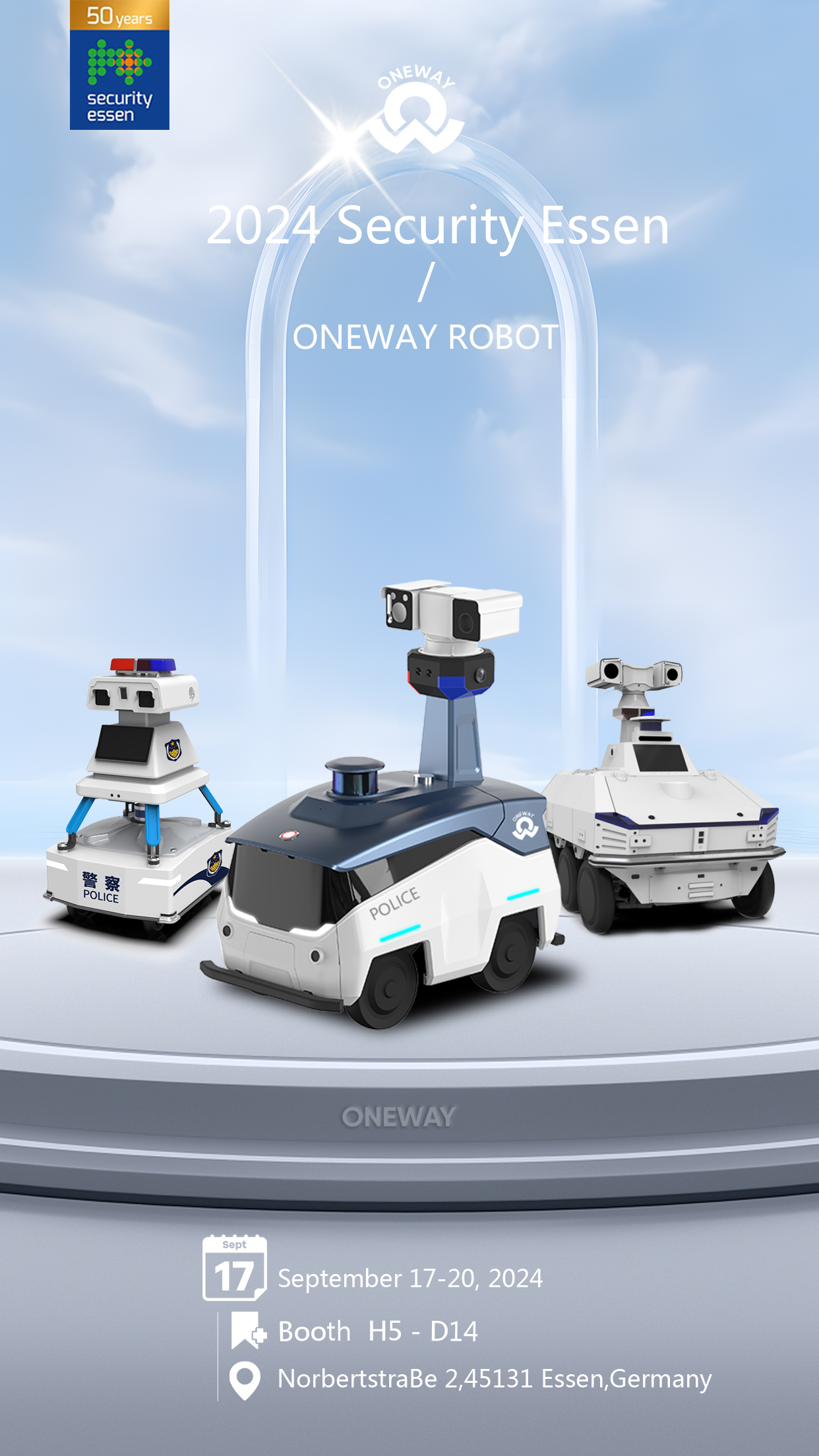While high-tech safety patrol robots are becoming increasingly popular for their advanced features and capabilities, it’s important to consider the challenges and potential downsides associated with their use. Here, we explore some critical viewpoints on these futuristic security solutions.
🤖 Cost vs. Benefit
Implementing high-tech safety patrol robots can be a significant investment. The cost of purchasing, maintaining, and upgrading these robots might be prohibitive for small to medium-sized businesses. It’s crucial to weigh the long-term benefits against the upfront and ongoing expenses.
🔍 Technology Reliability
Despite their advanced technology, robots are not infallible. They rely heavily on software and sensors, which can malfunction or be susceptible to hacking. This raises concerns about their reliability and the potential for security breaches if these robots are compromised.
📈 Privacy Concerns
High-tech safety patrol robots equipped with cameras and sensors can raise privacy issues. The constant surveillance might make employees or visitors feel uncomfortable, leading to concerns about data collection and how this information is used and stored.
🌟 Human Touch in Security
While robots can enhance security measures, they cannot replace the human element entirely. Human security personnel possess intuition, experience, and the ability to make nuanced decisions that robots currently cannot match. The presence of human guards also provides a sense of reassurance that robots might lack.
🚧 Adaptation and Integration
Integrating robots into existing security systems can be challenging. Businesses need to ensure that these robots can work seamlessly with other security measures and that staff are adequately trained to manage and respond to alerts generated by the robots.
The Balanced Approach
While high-tech safety patrol robots offer many benefits, it’s essential to adopt a balanced approach. Businesses should consider combining robotic solutions with traditional security methods to create a comprehensive security strategy. This hybrid approach can leverage the strengths of both technology and human insight to provide the best possible security coverage.







